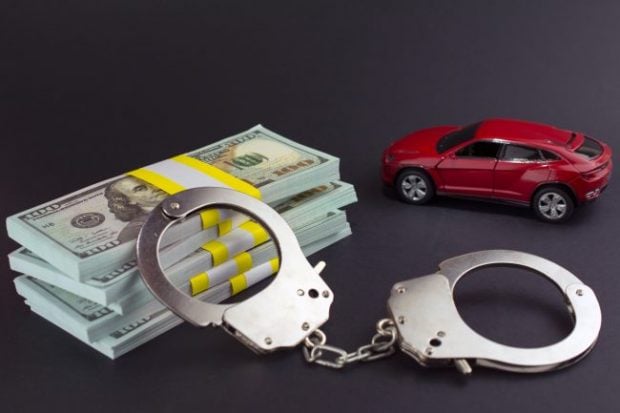ARLINGTON, Va. – Even as the cost of credit card fraud continues to soar, fewer than 50% of Visa accounts are now using EMV technology, which will help mitigate the problem, Senior Director of North American Risk Services Lori Hodges said.
Speaking at the PSCU-sponsored Focus on Fraud Perspectives Thought Leadership, which took place at the Renaissance Arlington Capital View, Hodges said the cost of credit card fraud in the U.S. grew 85% between 2011 and 2015.
Hodges added 61% of data breaches and fraud incidents worldwide occur in the U.S. Many of those incidents are caused by integrators – companies that may provide services to a retailer or restaurant and have access to credit card information.
Recommended For You
The fraud prevention company Forter and PYMNTS.com recently reported that as the shift in liability occurred, fraud attacks on online merchants increased 11%.
In addition, the use of counterfeit credit cards continue to grow, she said.
Hodges emphasized there is no easy solution to the problem.
"There is no silver bullet," she said.
But she added that technology can help.
"The solution to card present fraud is EMV technology," she said, adding that the adoption of EMV technology will result in a decrease in all areas of fraud.
Still, only 47% of all Visa credit cards and 30% of Visa debit cards use chip-on-chip technology. That number will continue to grow, she said.
Hodges also said there is a learning curve for customers using cards that have EMV technology. She said it takes customers between two and three transactions before they are comfortable with the new process.
Hodges said Visa also is working aggressively to decrease the fallback rate – the percentage of purchases that reject chip-on-chip verification and fall back on magnetic stripe verification.
She said Visa's fallback rate stands at 2.8% for credit card purchases and 5.7% of debit purchases.
© 2025 ALM Global, LLC, All Rights Reserved. Request academic re-use from www.copyright.com. All other uses, submit a request to [email protected]. For more information visit Asset & Logo Licensing.







